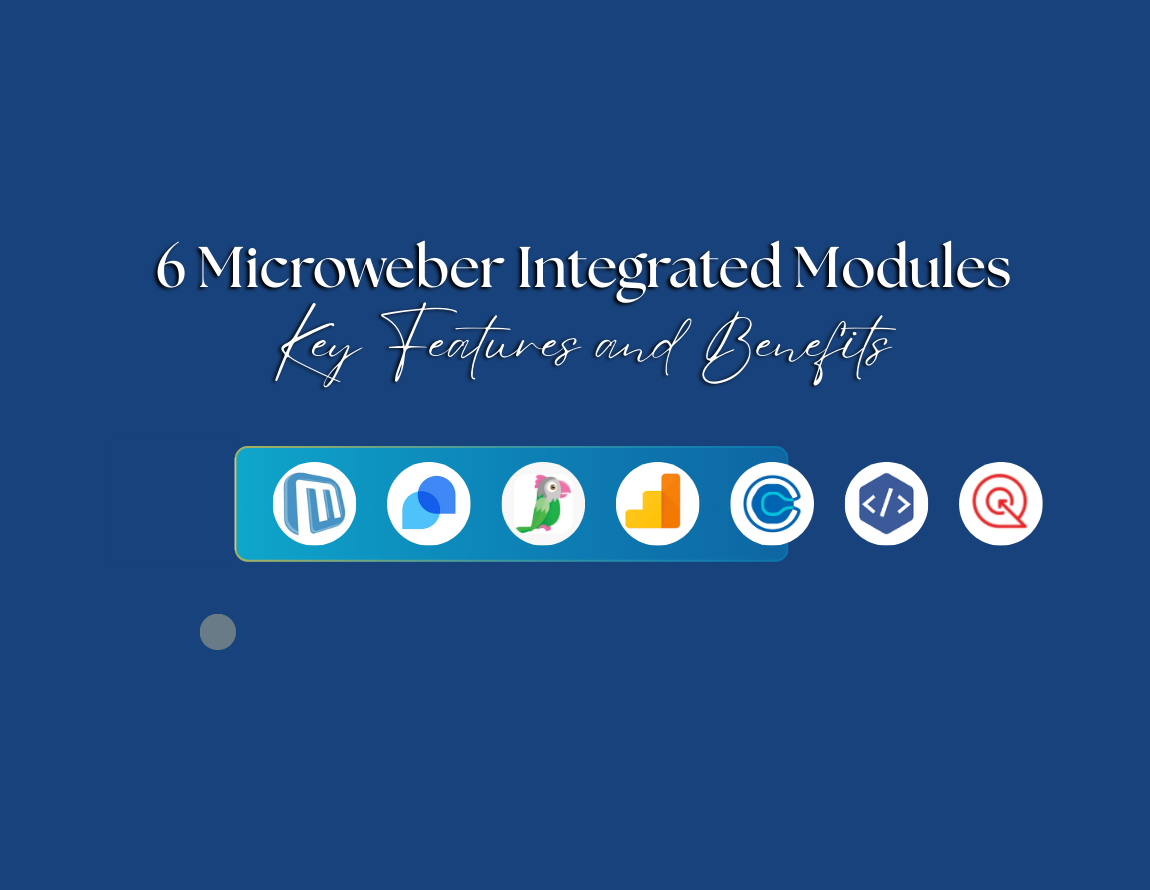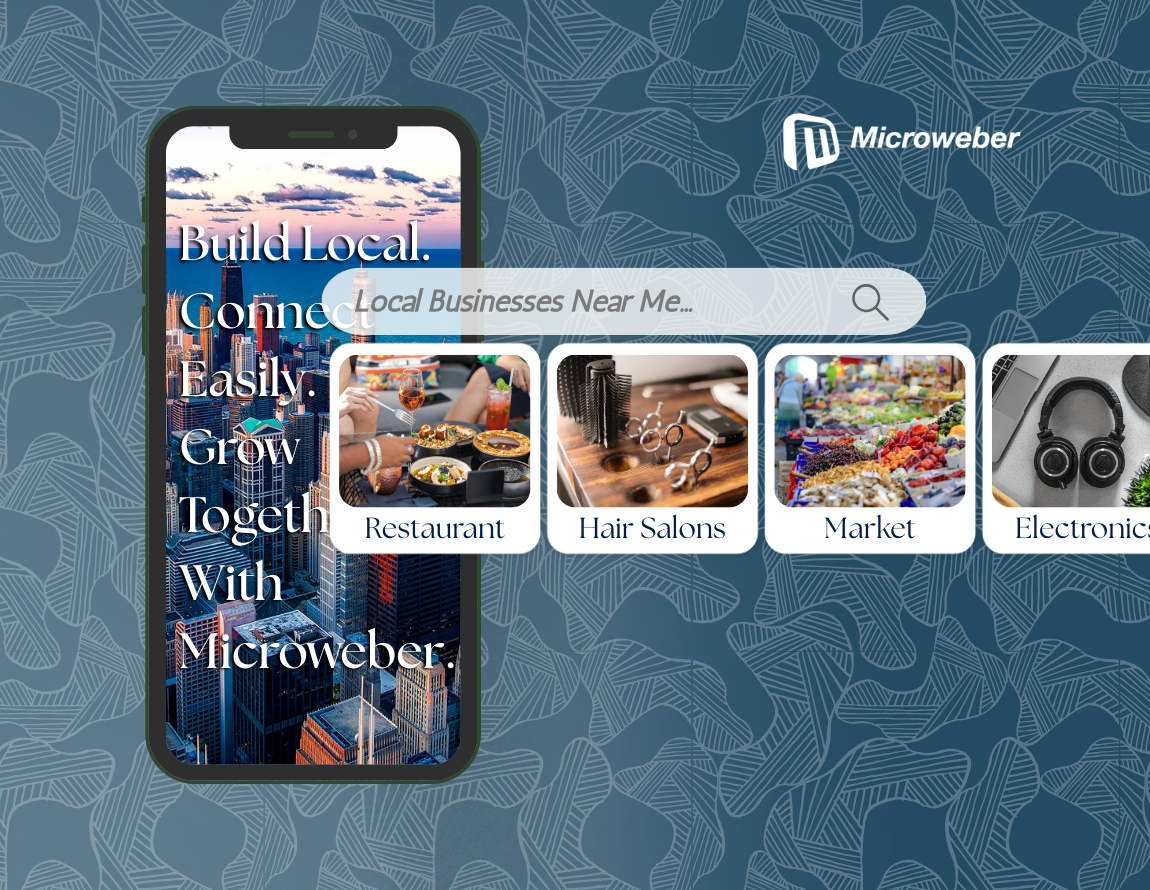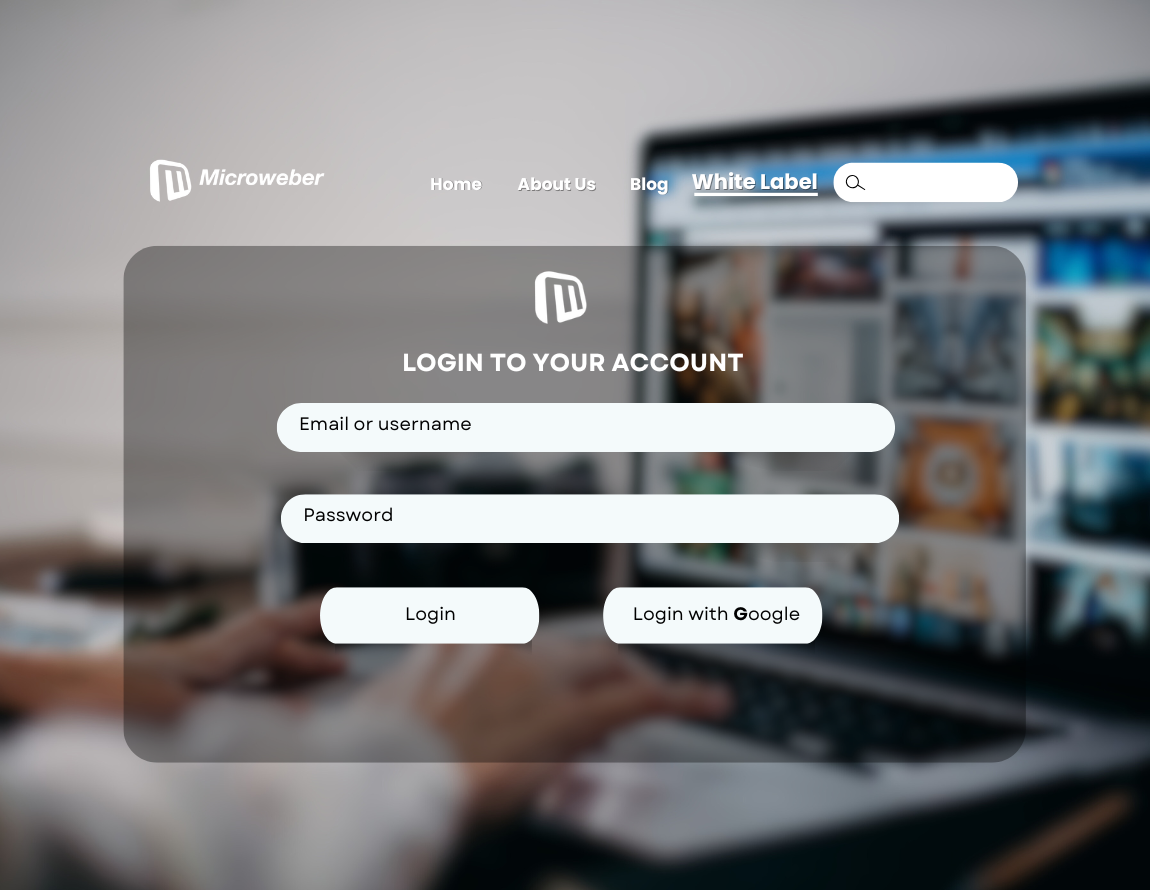5 Steps to Create a Simple Web Page Portfolio on Microweber
Posted on: February 18, 2025 Updated on: February 18, 2025 by Nada Allam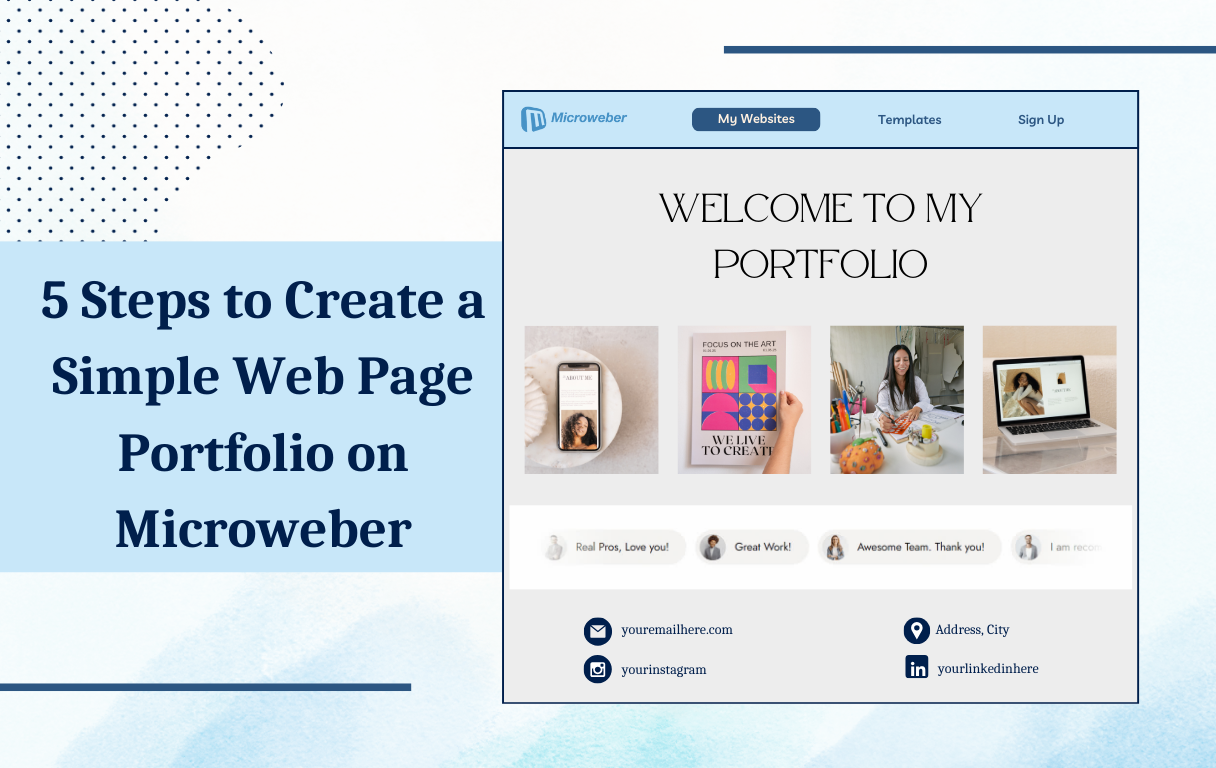 A powerful portfolio can be the key to unlocking a plethora of future opportunities and career growth.
A powerful portfolio can be the key to unlocking a plethora of future opportunities and career growth.
Whether you’re a designer, a writer, a photog, or a programmer, being able to showcase your best on a clean, uncluttered web page can be the key.
Microweber offers a simple solution where individuals can create a professional portfolio without being required extensive knowledge of complex code.
With just two easy steps, your professional online presence can be enriched with more to say about your skills and experience.
By the end of this book, you will be proficient with every skill needed for creating a lovely, one-page portfolio ready for impress.
Understanding the Importance of a Web Page Portfolio
A web page portfolio represents your online presence and the ideal setting where your work can be proudly displayed and leave a memory.
It’s essential for every professional creator, to unlock new possibilities and realize possibilities. With Microweber, career-defining portfolios have never been more straightforward.
What is a Web Page Portfolio?
Think of your web page portfolio as your interactive online resume. It's where your best pieces of work speak for themselves, your skills are promoted, and your experience speaks for itself in simple, straightforward terms.
It’s more of space, more of a presentation of the best of what your individuality stands for.
Why Every Creative Professional Needs a Portfolio
A portfolio is your individual marketing tool. If you're a designer, a photographer, a writer, or a programmer, your online portfolio is your means of being in control of how the world views your efforts.
It builds trust, enhances your identity, and enables clients and employers to find what they're searching for with greater ease.
Key Benefits of Having a Digital Portfolio
Easy Access: Your portfolio, and your clients' and their employers' access to your portfolio, are only a click away.
Professional Presentation: Clean, attractive presentation of your experience, projects, and abilities.
Personal Branding: Your portfolio isn't for showing your work, but for showing you. It's a megaphone for your personal brand, and what can be learned from your style, experience, and individuality.
Elements of a Successful Portfolio Website
Building a portfolio isn't more than displaying your stuff on a web page.
It’s about crafting an experience where your value of distinction, your abilities, and your personality take flight.
The essential writing elements mentioned below not only can showcase your portfolio web page with style, but also with a message.
Essential Sections of a Portfolio
A great portfolio isn't beautiful pictures, but rather a prioritization of the main stuff up top. This has got to be on there:
Introduction: A snapshot of your identity, what you do, and what sets you apart.
Showcase of Work: The showcase of your best projects. Where do your best projects reside, and where is your background?
Contact Information: Let's be straightforward and easy for individuals to find and be able to reach.
Testimonials: A little bit of social proof can be very potent, and borrow your clients' voice for your voice.
About Page: A Little Deeper into Your History, Values, and Purpose for Being There
Choosing the Right Visuals and Design Elements
Your portfolio must be your style. Clean, professional photos are what's needed—a minimal amount of mess, and nothing extraneous. Let the thing be the thing.
Let your graphics and your layouts be your voice.
Crafting Compelling Case Studies: Telling Your Story Effectively
A case study isn't your report of your project, but your chance to tell your readers what problem you encountered, and then step by step, what you did, and then what ensued.
It’s your turn to share your ideation, problem-solving, and thought process with clients.
Building a One-Page Portfolio with Microweber
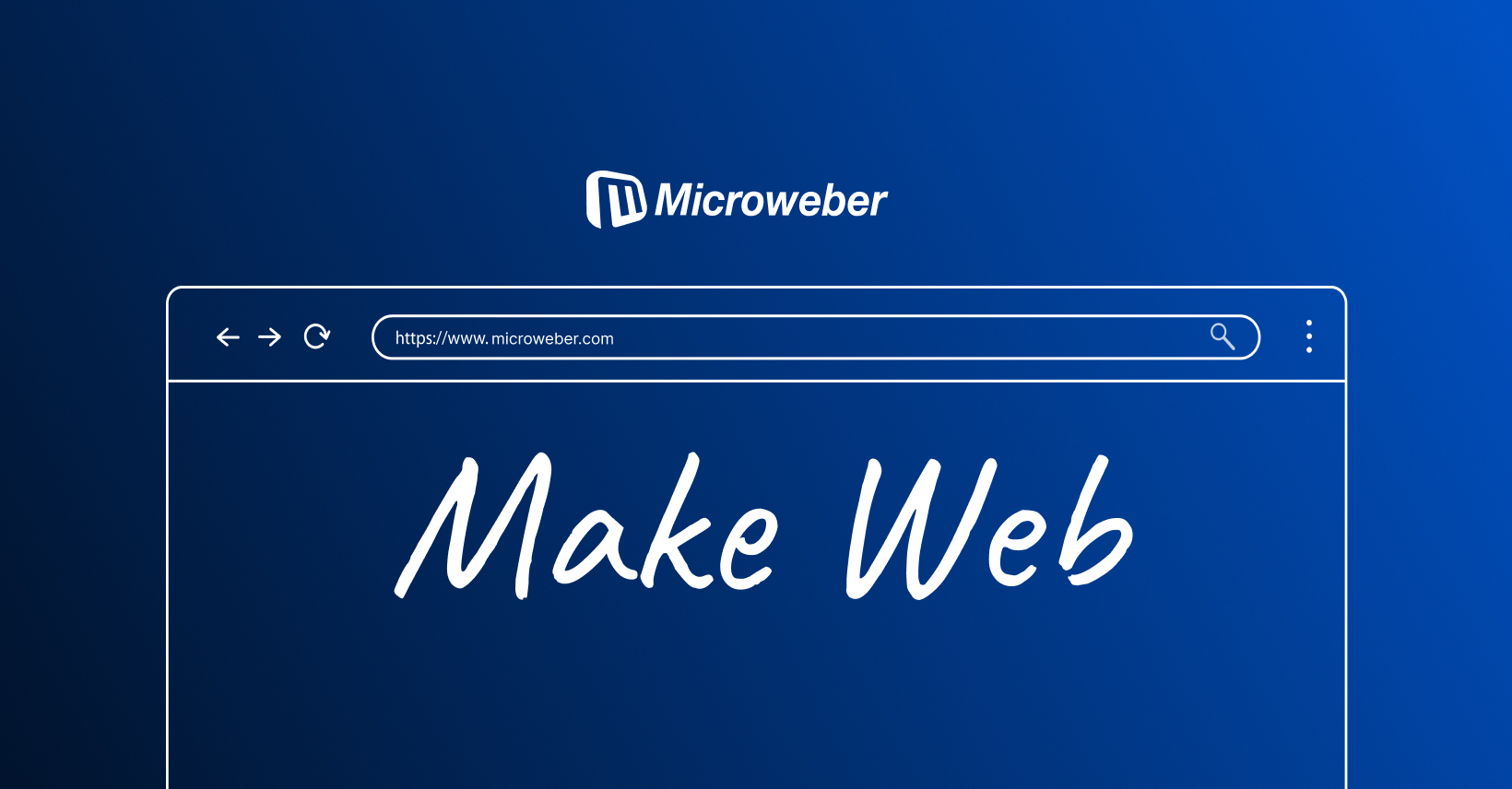 Creating a portfolio with Microweber is a simple and convenient means of showing your skills, projects, and your point of contact, on a single interactive page.
Creating a portfolio with Microweber is a simple and convenient means of showing your skills, projects, and your point of contact, on a single interactive page.
Whether you're a designer, developer, artist, or freelance, Microweber's easy-to-use drag-and-drop editor equips you with the ability to design a professional, up-to-date online presence with minimal effort.
Step 1: Setting Up Your Microweber Portfolio
Sign Up & Choose a Hosting Option
- Get started effortlessly by choosing between Microweber’s cloud hosting or a self-hosted installation on your own server.
- If you're opting for cloud hosting, sign up atmicroweber.com and explore the free plan to begin building instantly.
Select a Template
- Microweber provides a variety of pro and free templates for use by experts, freelancers, and creatives.
- Pick a style, fashion-forward and engaging, that adds value to your professional presence without weighing down the user experience.
- Look for templates that allow full customization, ensuring your portfolio is unique and stands out.
Step 2: Structuring Your One-Page Portfolio
A well-structured one-page portfolio guides visitors through your work effortlessly. Organize your content into distinct sections:
Hero Section (Introduction)
- Feature a background banner, or a hi-definition profile picture, with your style.
- Craft a professional and interesting beginning (e.g., Hi, I’m Alex, style and usability designer.)
- Include a prominent call-to-action (e.g., "View My Work" or "Let's Collaborate") to lead readers directly into the main sections.
Work Showcase (Portfolio Section)
- Utilize Microweber’s Gallery module to exhibit your finest projects in a visually stunning format.
- Write engaging descriptions for each project, emphasizing skills, tools, and techniques used.
- Provide links to live projects, case studies, or downloadable portfolios for a deeper insight into your work.
If you want to learn all about utilizing Microweber to create a unique photo gallery, visit: Design Your Own Photography Website with Microweber Gallery Features!
Skills & Services
- Use icons, bar diagrams, or clean lists of skills in order to highlight your skillset in a graphic format.
- Clearly define your offerings (e.g. UI/UX Design, Web Development, Digital Marketing).
- Briefly explain why your skills can be valuable for future clients and future employers.
Testimonials (Optional but Impactful)
- If you need customer or employer feedback, use Microweber's Testimonials module to display genuine feedback.
- Keep testimonials simple, real, and descriptive, and highlight customer success where possible.
Contact Section
- Incorporate a Microweber-built contact form to encourage easy communication.
- Add professional social media links and a direct email to increase engagement opportunities.
- Ensure your contact section remains clean, clear, and accessible on all devices.
Step 3: Customizing with Microweber’s Drag-and-Drop Editor
Microweber’s live-editing experience lets you refine your site in real time with a flexible, visual approach.
Adding & Positioning Elements
- Drag-and-drop text blocks, images, buttons, and video embeds directly onto your page with precision.
- Experiment with different layouts and alignments to achieve a balanced, user-friendly design.
Personalizing Colors & Typography
- Microweber’s Design Panel allows for effortless customization of fonts, colors, and branding elements.
- Stick to a harmonious color palette (usually 2-3 colors) that aligns with your personal aesthetic and professional identity.
Ensuring Mobile Responsiveness
- Switch to Preview Mode to check how your portfolio adapts across different screen sizes.
- Adjust spacing, margins, and fonts for a smooth and engaging mobile experience.
Step 4: Optimizing for Better Visibility
Having a beautiful portfolio is great, but visibility is key. Use Microweber’s built-in SEO tools to boost your online reach.
SEO Settings
- Go to Admin Panel > SEO and fine-tune meta titles, descriptions, and keywords.
- Use keyword-rich headings and alt text for images to improve search engine rankings.
Performance Enhancements
- Optimize images using Microweber’s built-in image compression tools to enhance site speed.
- Enable caching and minification settings for a smooth, fast-loading experience.
Connecting a Custom Domain
- Using Microweber Cloud? Connect your custom domain in a few clicks via the settings panel.
- Self-hosted? Adjust DNS and hosting configurations through your provider for a personalized domain.
Step 5: Publishing & Sharing
Once your portfolio is polished, it's time to go live and share your work with the world.
Publishing Your Portfolio
- Click Save & Publish, and your portfolio is instantly available online!
- Review everything once more to ensure all links, images, and forms function properly.
Sharing & Promoting Your Work
- Post your link on LinkedIn, Twitter, and other online sources for maximum visibility.
- Add it to your email signature, your business cards, and proposal documents for a lasting impression.
- Engage in online platforms, job markets, and creator markets in order to achieve more page views.
Conclusion
Creating a professional, appealing, and effective portfolio does not have to be intimidating. With Microweber's simple, intuitive settings, you can quickly build a professional, single-page portfolio of your best works and articulate your full skillset.
Whether you’re a designer, programmer, freelance, or even a photog, your portfolio needs to reflect your skills and leave a lasting impression.
By following simple steps, your career can take flight and with this, present a professional, professional-quality portfolio.
So, what's your hang-up then? It’s time to showcase your talent to the world. Let's make something spectacular.
FAQs
What is an online portfolio?
An online portfolio showcases your accomplishments and works online. It's a useful tool for displaying your experience and skills for future clients and employees.
How to make your web design portfolio stand out?
To make your portfolio shine, highlight simple images, simple layouts, and interesting case studies.
Your strongest pieces need to be your showcase and explain the history of every single piece.
What to include on your design portfolio website?
Include an introduction, your best showcase, case studies, and testimonies, and your contact information.
Make it easy to find your way around, attractive, and in your style.


